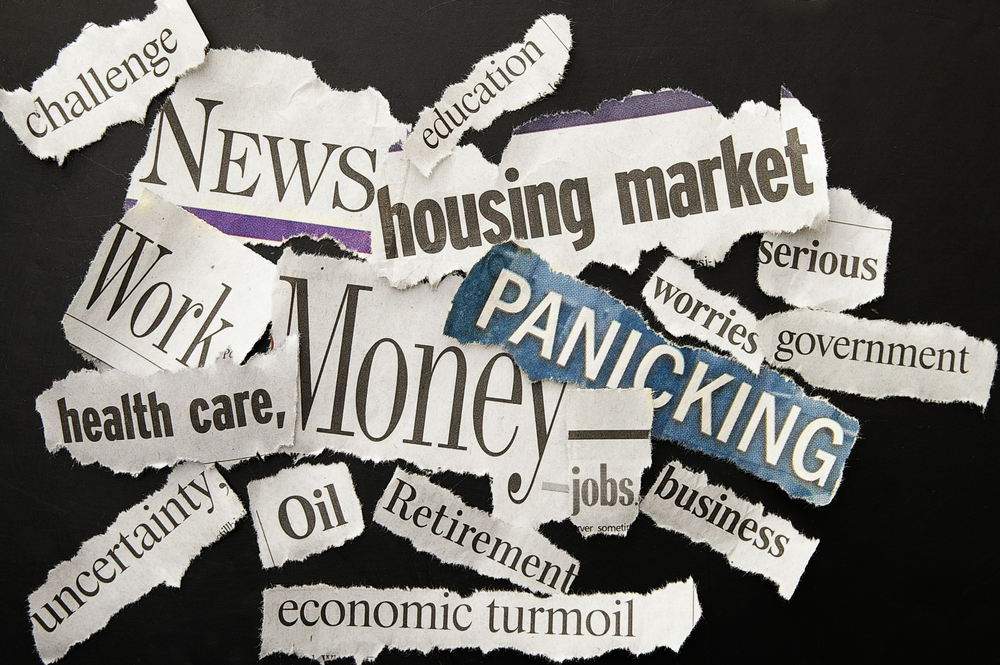The US dollar has declined sharply so far in 2016, losing about 5% of its value against a large basket of other global currencies. That may seem substantial and often characterizes the health of the sovereign country’s economy. So, does it really mean the US economy is in decline? Further, does it truly represent a decline in purchasing power and strength in the world – as it usually goes? I’m not so sure that is the case.
It is no secret the world’s central bankers are in currency deflation mode. At first it was all lip service, talk and yapping about ‘doing whatever it takes’ to bring growth back. Surprises and shocks seem to be MO of central bankers, yet they are often bold with words and come up short with action. On two occasions (ECB’s Draghi and Japan’s Kuroda) more stimulus was announced, and even a negative funds rate was instituted as policy.
This policy was to stimulate growth, but instead it only served to signal ‘risk on’ mode for investors – and into equities money went. The US has been a ‘safe haven’ for these funds, and we saw the dollar rise sharply last year as this radical policy of negative rates took hold.
Perhaps some are expecting the Federal Reserve to go down that dark path of other central bankers. I have my doubts, but then nothing our central bank makes any sense at all.
The dollar decline that started with lower highs, lower lows continues. When the trend is down there is no fighting it, regardless of what other issues may be apparent.




